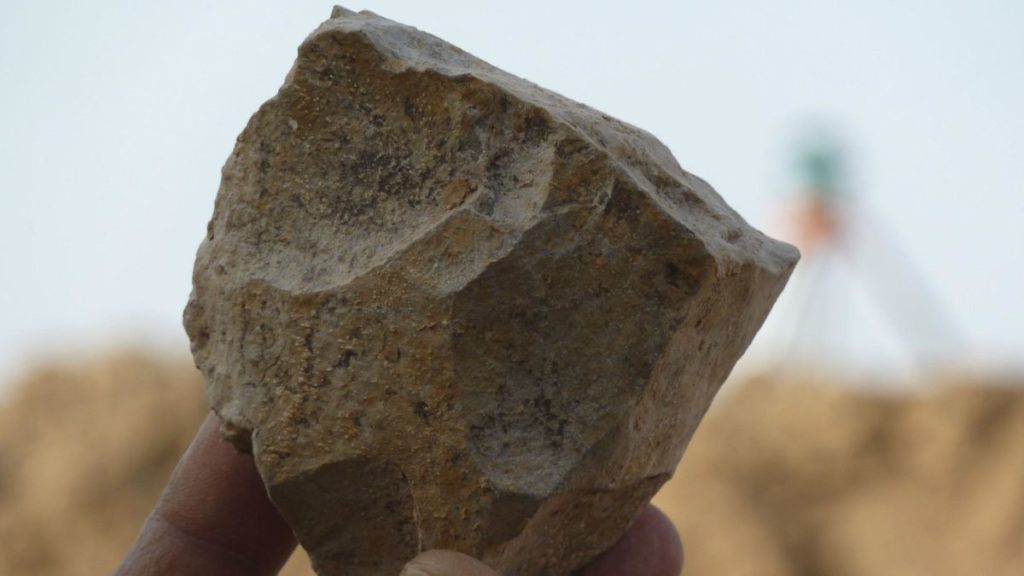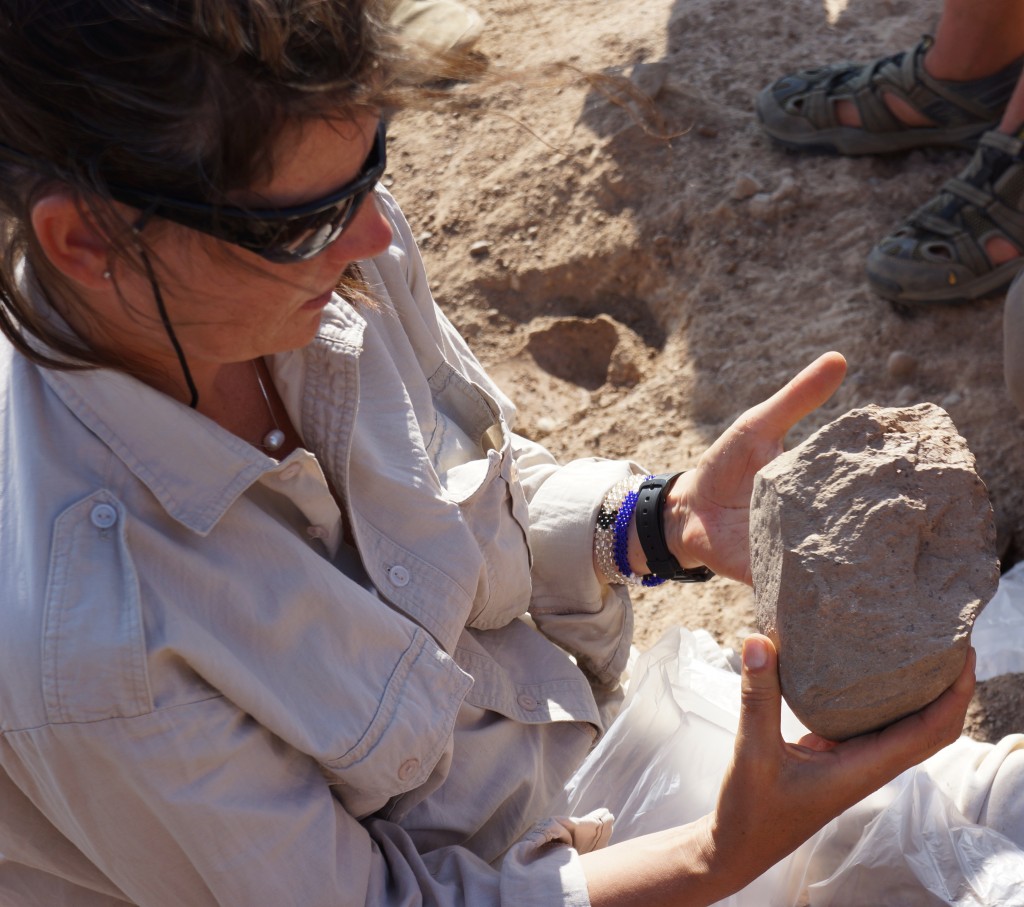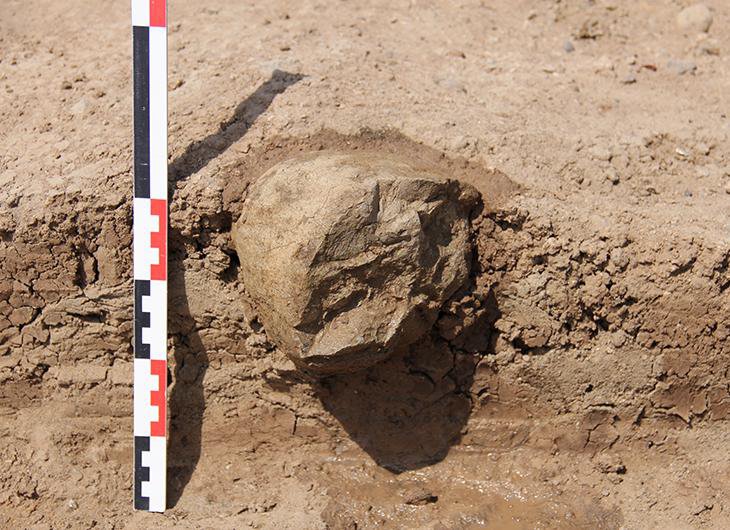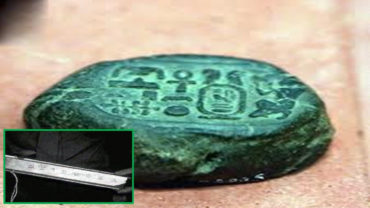Tools That Predate The First Humans – A Mysterious Archaeological Discovery
In 2015, American paleontologists discovered a collection of sculptural tools at a more than 3.3 million-year-old Pliocene archaeological site. About 3.3 million years ago, someone started chipping away at a riverside rock. This chipping eventually turned the stone into a tool that could be used to cook meat or crack nuts. And this technological achievement happened long before human appearance in the evolutionary landscape.

Since Homo habilis, the first humans, appeared hundreds of years later, this discovery has been a troubling mystery: Who made these tools? This discovery was made at the archaeological site of Lomekwi 3, Kenya, and scientists believe it could change archeology and force history to be rewritten.
According to the mainstream, this discovery was listed as the mysterious finds that are impossible. Hammers, anvils, and carved stones were among the almost 150 tools discovered at the archaeological site, and they might have been used millions of years ago to open and crack nuts or tubers and chop the trunks of fallen trees to find insects for food.
According to an article on Nature.com, the Lomekwi 3 blacksmiths combined core reduction with battering activities because of a growing understanding of stone’s fracture properties.
Given the significance of the Lomekwi 3 complex for models to converge environmental change, human evolution, and technological origins, we name it “Lomekwian,” which occurs before the Oldmarking 700,000 years and laid the foundation in the archaeological record.

“These tools clarify the previous unclear period of hominin behavior and help us to understand more about the cognitive development of our ancestors that we can’t learn only from fossils.” “Our discovery refutes the long-held belief that Homo habilis was the first toolmaker,” stated Dr. Harmand, lead author of an article published in Nature.
“It supposed that the origin of stone tools is related to the appearance of Homo, and this technological development was associated with climate change and the spread of savannah grasslands,” Dr. Jason Lewis at Stony Brook University and co–author said.
“Our ancestors have hitting rocks together to create sharp flakes, and this was the key to our evolutionary success.”
The first stone tools ever associated with Homo had dated at 2.6 million years and came from Ethiopian deposits near the remains of the first Homo habilis fossils, which showed their exceptional hand-making skills.

This “first” human industry is known as Oldowan. The archaeological term “Oldowan” refers to the first stone tool production in prehistoric times. During the Lower Paleolithic epoch lasting from 2.6 million to 1.7 million years ago, prehistoric hominids used Oldowan tools across most Africa, South Asia, the Middle East, and Europe. The more advanced Acheulean industry was born after this technical enterprise.
One of the primary questions raised by finding these stone tools is who made them. Anthropologists once thought that our Homo genus cousins, a line that leads directly to Homo sapiens, were the first to create such tools. However, in this case, the scholars had no idea who made these ancient tools, which should not exist according to archeological standards. So, can this fascinating discovery demonstrate the ‘fictional histories’ of several well-known books?



